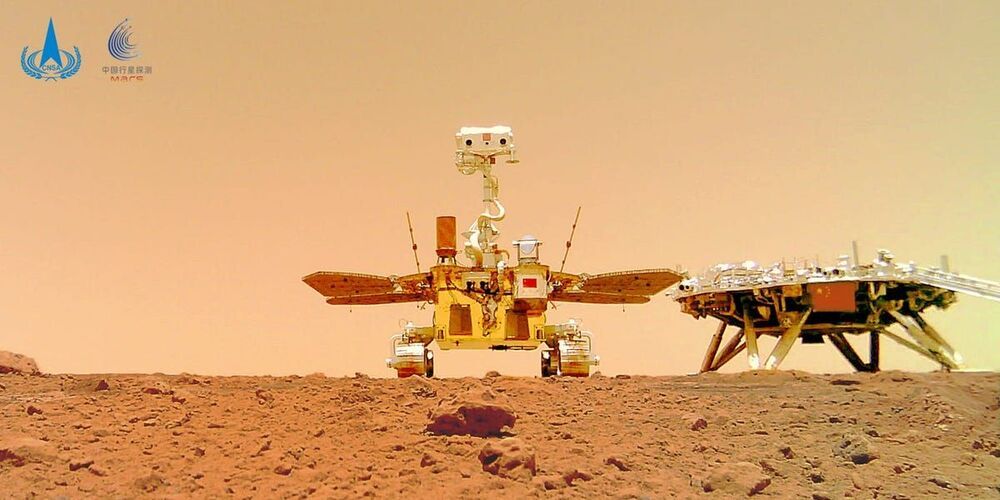In a decade-long quest, scientists at Berkeley Lab, the University of Hawaii, and Florida International University uncover new clues to the origins of the universe – and land new chemistry for cleaner combustion engines.
For nearly half a century, astrophysicists and organic chemists have been on the hunt for the origins of C6H6, the benzene ring – an elegant, hexagonal molecule comprised of 6 carbon and 6 hydrogen atoms.
Astrophysicists say that the benzene ring could be the fundamental building block of polycyclic aromatic hydrocarbons or PAHs, the most basic materials formed from the explosion of dying, carbon-rich stars. That swirling mass of matter would eventually give shape to the earliest forms of carbon – precursors to molecules some scientists say are connected to the synthesis of the earliest forms of life on Earth.








